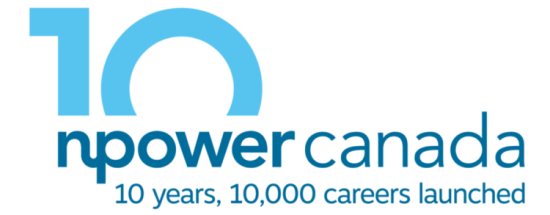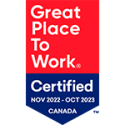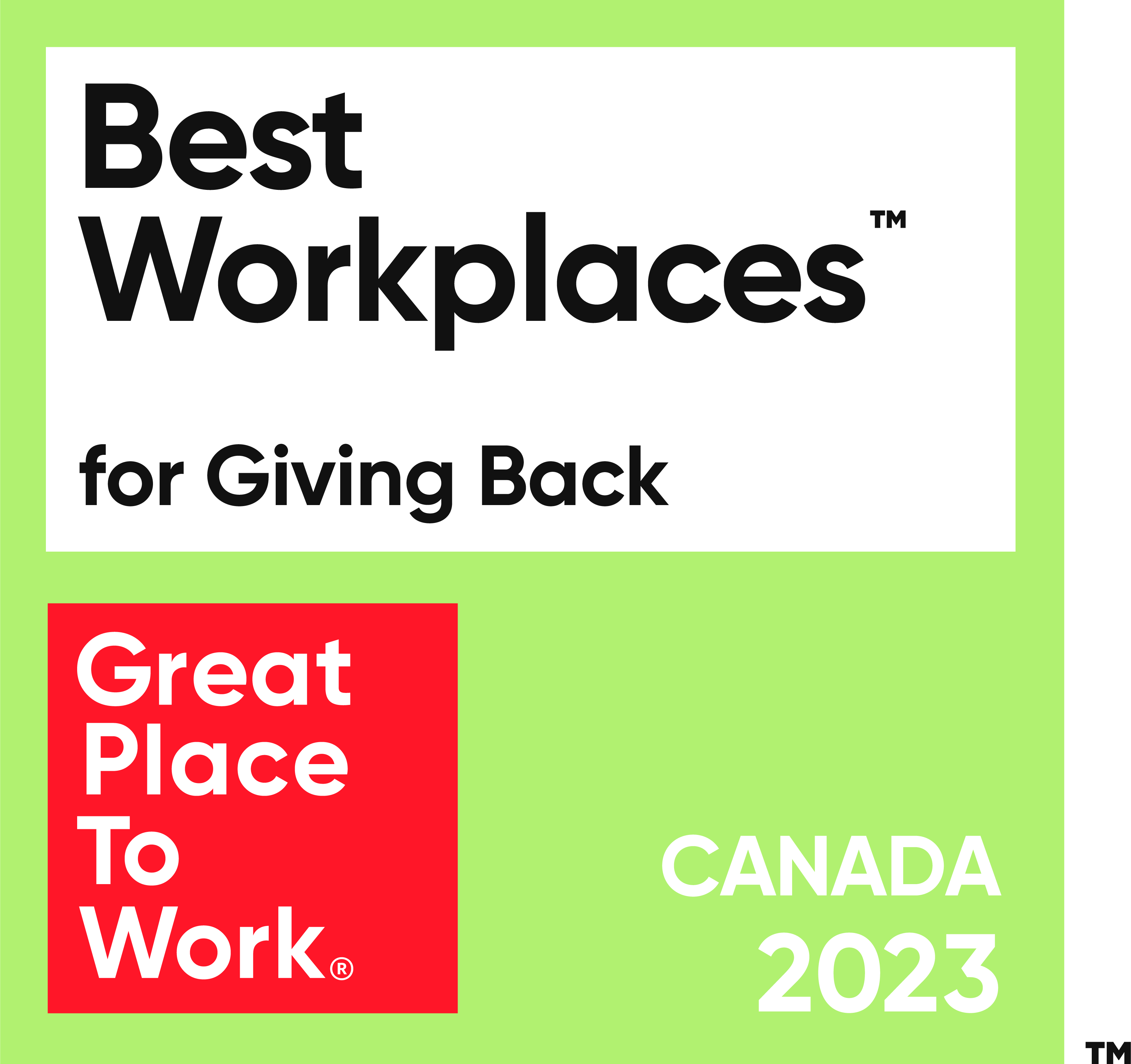By Ivana Popadic and Talitha Pegus, January 2023
Leveraging digital tools for virtual learning and work environments
In March 2020, NPower Canada was forced to close its physical locations due to COVID-19. Nearly three years later, organizations are navigating a post-pandemic workforce, in terms of physical space, scheduling and adjusting best practices of collaboration and project management to meet goals and adhere to workplace values in a virtual world.
While challenging, the ‘new normal’ also opened the door for new approaches to teaching and training for workforce development organizations. They have an opportunity to leverage best practices of online education and shift their methodologies to better prepare jobseekers for new virtual work opportunities. This blog shares various ways workforce development programs can leverage digital tools and apply e-learning principles for an optimal virtual environment, based on NPower Canada’s findings.
Flipped classroom approach
To prepare participants for employment in a post-pandemic world, it was essential that we first determined the new skills that our employer partners and industry were seeking. Through discovery calls, we found that while hard skills in tech remained consistent, in-demand soft skills had shifted. During the pandemic, the skills that employers most needed for success included problem solving, critical thinking, resourcefulness and self-management. These insights contributed to the shift of content and the approaches applied to NPower Canada’s three-month training program.
The flipped classroom approach, first introduced by Jonathan Bergmann and Aaron Sams, provides time and space within training to develop higher-order soft skills such as critical thinking. Rather than lecturing to learners and expecting them to apply their learning through after-class assignments, the flipped classroom model directs learners to review foundational materials before class, providing in-class time for activities involving higher-order thinking with the guidance of their instructors.
This methodology prevents learners from having to navigate more challenging materials alone and shifts participants to become active learners through case studies and simulations.
The flipped classroom approach has been shown to increase motivation, engagement and learning, and enable self-direction, experience, mentorship, motivation and readiness to learn, cultivating well-rounded future employees.
Leveraging digital tools
The pandemic encouraged organizations to step out of their comfort zones and try new digital tools. When exploring the possibilities, NPower Canada focused on: engagement, user experience and formative output.
LMS: Blackboard
NPower Canada used the Learning Management System (LMS) Blackboard to engage learners in asynchronous, self-directed, flipped classroom preparation, which helped support participants’ need for accessibility. Taking into consideration that jobseekers may have limited access to technological devices, or a weak internet connection, Blackboard was an ideal solution that offered offline learning and accessibility through any resource, including tablets and phones.
Blackboard allowed for integration of many of the tools we use, including a built in live-classroom space called Blackboard Collaborate. In this space, features such as automated recording upload allow participants to easily review classroom recordings, while non-verbal participation features encourage participants to raise their hands, react to content with emojis and participate in live polls.
Additionally, a robust LMS helped us to not only explore ways to automate our processes, such as grading and attendance, but also to make data-informed observations and conclusions. Using Blackboard Analytics, experts of Curricula and Instructional Design within the Education Team are able to extract trends around participants’ interactions with materials, including what materials tend to be revisited, for how long, etc. This data provides valuable insights into how participants engage with the material and where adjustments are required.
Articulate 360
In honouring an engaging environment for participants, NPower Canada continues to shift its content from PowerPoint slides to online modules using Articulate 360. Articulate is an ideal platform that allows information to be displayed in an appealing, interactive way to maintain the attention of active learners in a flipped classroom approach. Videos and simulations are embedded and formative assessments are easily added through templates, such as flip cards.
All materials built in Articulate are easily integrated into Blackboard. It establishes a module-based learning format, providing the learner with a list of objectives, an indicator of how far along they are in the materials and an organized method of compartmentalizing many topics.
Flexibility and self-management in asynchronous and synchronous learning
While shifting to Blackboard and a module-learning approach through Articulate made content more engaging, NPower Canada also recognized employers’ growing desire for employees who were flexible and skilled in self-management.
Many Canadians have faced layoffs and/or financial strains since the start of the pandemic, requiring them to balance work with technical training. To support these job seekers’ ambitions of completing programs and landing meaningful employment, NPower Canada introduced a blend of synchronous (live session) and asynchronous learning (self-study). This blended approach adheres to many learning styles, provides participants with the flexibility to manage their own schedules and encourages learning agility that will apply in the workplace, especially in a work-from-home environment that expects self-regulation.
Higher-order thinking and authentic output
The flipped-classroom approach and digital tools provide us with the space and opportunity to encourage high-order thinking, such as critical thinking and problem-solving. Workforce development programs can embed activities such as case studies and capstone projects into training, to encourage participants to apply their tech knowledge to scenarios they are likely to face in the workforce, practising the soft skills that are crucial to employers. These projects provide a summative assessment for instructors and encourage collaboration and autonomy that many learners appreciate. Additionally, these practical assessments can be added to participants’ portfolios as real-world examples of projects, allowing participants to leave the training space with work samples they can share with potential future employers.
Conclusion
There is no denying that the global pandemic brought many challenges and shook the foundations of many institutions. However, it also provided an opportunity for perspective shifts and a re-evaluation of skillsets needed in the post-pandemic workforce and in workplace training programs, including NPower Canada.
NPower Canada demonstrated that, in shifting our approach, digital tools and focus on higher-order thinking, we have been able to offer an effective virtual program and better prepare our participants for today’s (and tomorrow’s) workforce. While some may refer to our post-pandemic society as the new normal, what we have learned is that the true ‘new normal’ is a shift in mindset, and a reminder to remain agile and adaptable.



